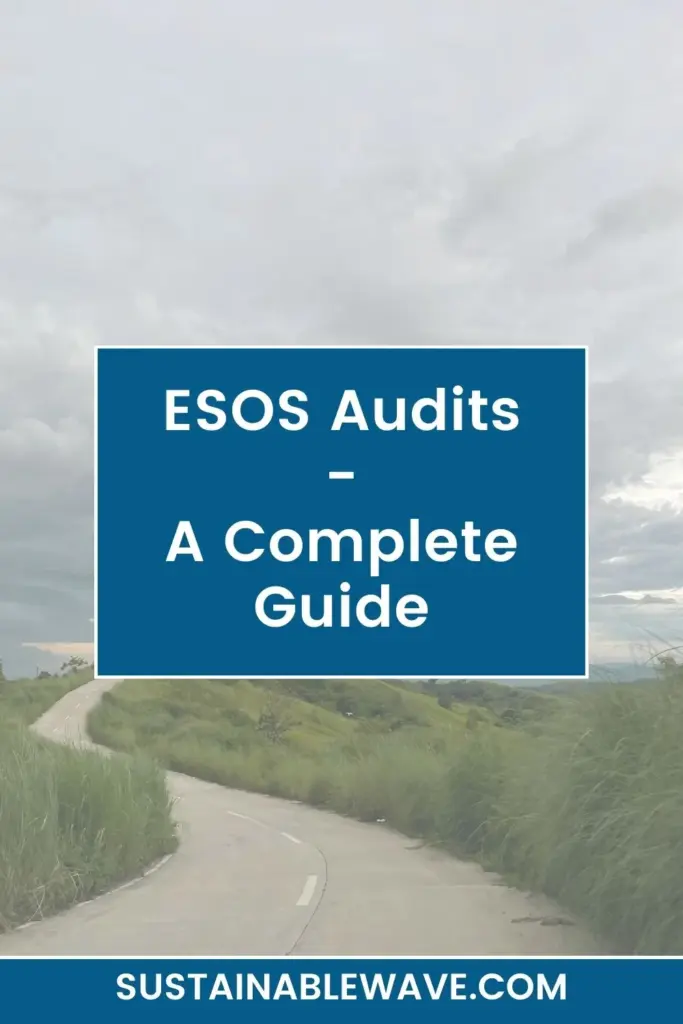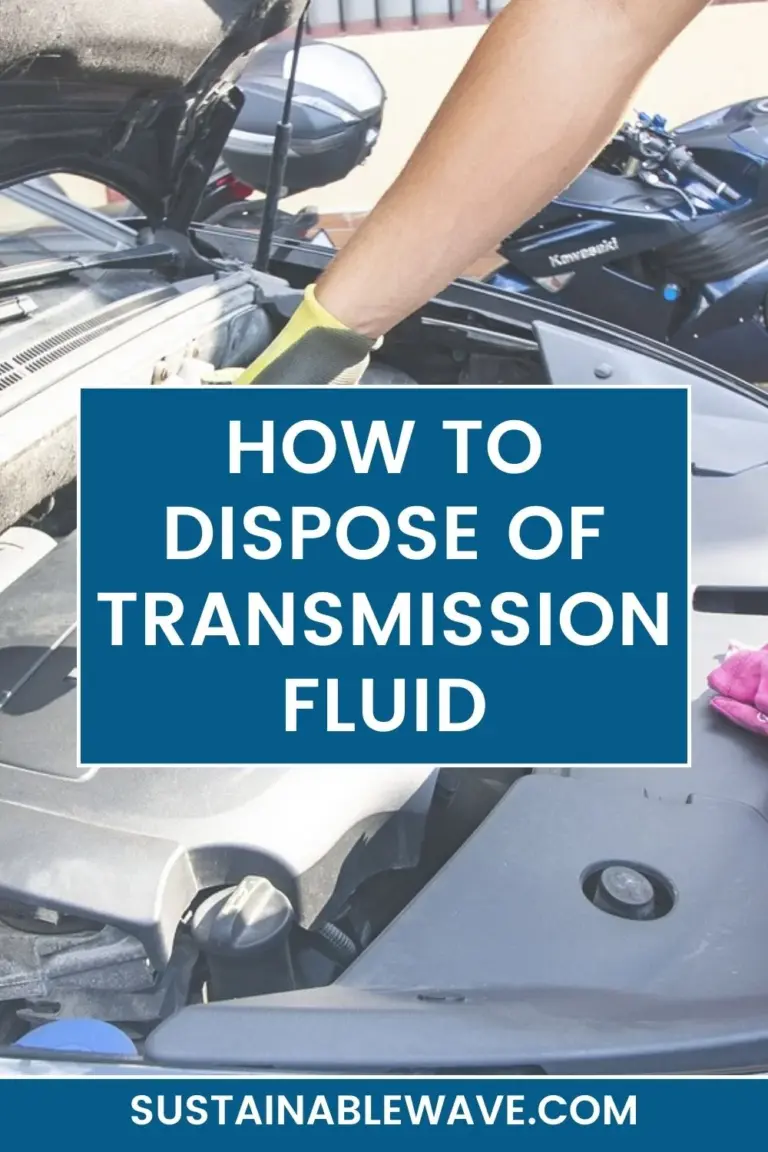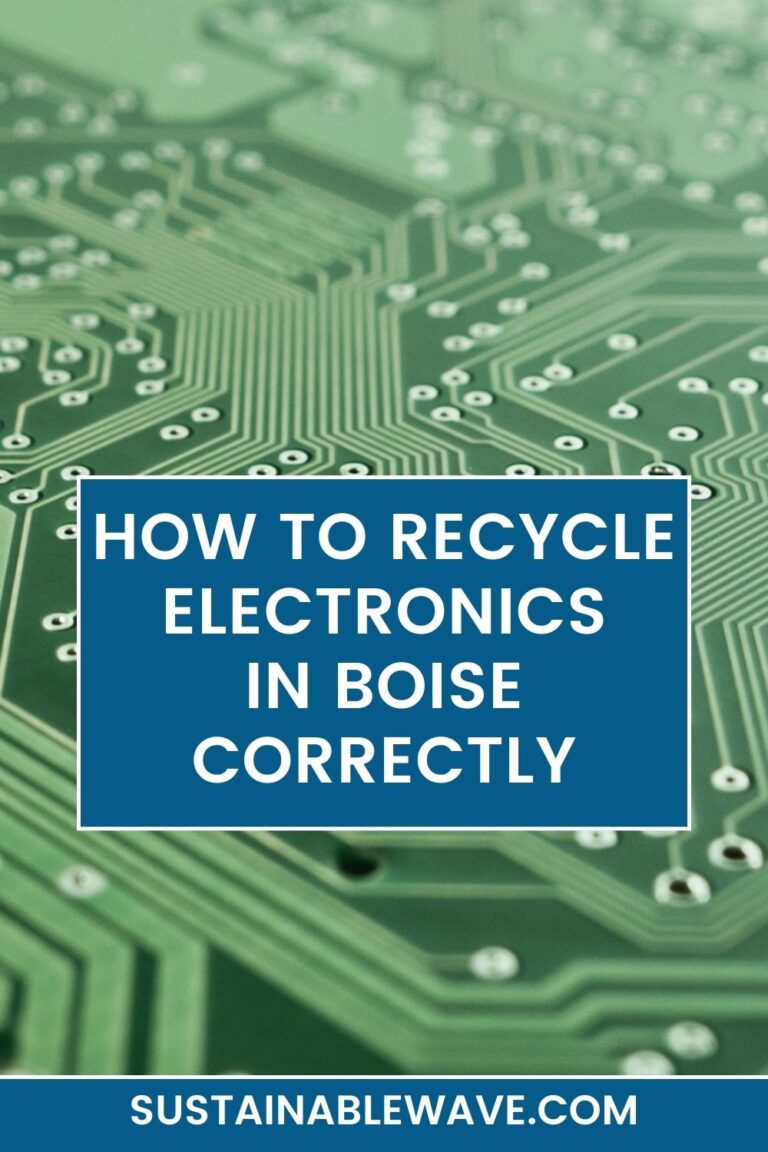ESOS Audits, also known as the Energy Savings Opportunity Scheme Audits, are becoming pivotal for businesses around the world. Why?
These audits reveal not just opportunities for energy conservation but also potential cost savings, fostering both environmental and financial sustainability.
In this in-depth look, we’ll take you through every facet of the ESOS audits process, its costs, and the guidance you need to maneuver them efficiently.
What is an ESOS Audit?

The Energy Savings Opportunity Scheme (ESOS) is a UK-based framework that mandates large businesses and organizations to undertake detailed assessments concerning their energy use.
The primary goal of an ESOS audit it to identify areas where energy savings can be made, both in terms of consumption and costs.
Here’s the nitty-gritty:
- Legislation and Compliance: Instituted by the UK government, ESOS was born out of the European Union’s wider commitment to enhancing energy efficiency across member states. The responsibility to enforce and oversee compliance rests with the Environment Agency in England, the Scottish Environment Protection Agency in Scotland, the Northern Ireland Environment Agency in Northern Ireland, and Natural Resources Body for Wales in Wales.
- Who’s Affected?: If you’re thinking ESOS sounds niche, think again. It impacts a vast spectrum of organizations, from corporate giants to not-for-profit bodies. The common denominator? They should have 250 or more employees or have an annual turnover exceeding €50 million and a balance sheet totaling over €43 million.
- The Audit in Action: When we talk about an “ESOS audit”, we’re referring to a comprehensive review of an organization’s energy use. This encompasses everything from the electricity used in buildings to the fuel consumed by company vehicles.
How Much Does ESOS Compliance Cost?
While the overarching aim of ESOS audits is to encourage energy savings (which, in turn, can lead to cost savings), the process itself incurs certain costs.
The cost of an ESOS compliance audit varies based on the size and complexity of an organization’s operations. Typically, it can range from £6,000 to £50,000. This includes initial assessments, audit costs, recommendation implementations, and reporting fees.
Here’s a breakdown:
- Initial Assessment Costs: Before the main audit commences, organizations need to spend on an initial assessment. This is a foundational step where you’d determine if ESOS is applicable to your entity and the best route to compliance.
- Audit Costs: The meat of the expense often lies here. Organizations either recruit external assessors or rely on in-house expertise to analyze energy consumption patterns and identify avenues for energy savings. The cost would vary based on the size of the organization, the complexity of its energy use, and the expertise of the auditors.
- Recommendation Implementation Costs: Once the audit pinpoints potential energy-saving measures, there’s an associated cost to implement them. This might involve retrofitting buildings with energy-efficient fixtures, overhauling outdated equipment, or investing in renewable energy sources.
- Reporting and Review Costs: After all’s said and done, your organization would need to report its compliance to the relevant agency. This might require additional checks, verifications, and even the expertise of a Lead Assessor.
ESOS Compliance Guidance

The road to a successful ESOS audit is paved with meticulous planning and thorough understanding.
For organizations new to this, or even those seeking a refresher on performing an ESOS compliance audit, here’s a guide:
- Determine Eligibility: First things first. Dive into the specifics – does ESOS apply to your organization? Consider factors like your employee count, annual turnover, and balance sheet figures.
- Gather Relevant Data: This is where the grunt work begins. Compile all data pertinent to your organization’s energy consumption. This would include utility bills, fuel receipts, and other energy expenditure documents.
- Select the Right Route to Compliance: There are multiple paths to ESOS compliance – energy auditing, ISO 50001 certification, DECs (Display Energy Certificates), and Green Deal Assessments. Decide which one aligns best with your organization’s needs.
- Conduct the Audit: Whether you’re employing external consultants or tapping into in-house expertise, the actual audit should be comprehensive. Analyze your energy data, identify inefficiencies, and chart out potential energy-saving measures.
- Implement Recommendations: An audit without actionable follow-through is futile. Once you’ve identified energy-saving opportunities, work towards implementing them. This could range from minor operational changes to major infrastructure overhauls.
- Report Compliance: The final step! Once you’ve conducted the audit and taken actionable measures, report your compliance to the relevant regulatory body. Ensure all documentation is in order, and you’ve adhered to the stipulated guidelines.
Benefits of ESOS Audits Beyond Compliance
While compliance with governmental regulations is a primary motivator, ESOS audits offer a plethora of benefits beyond mere adherence to rules. Here’s how:
- Cost Savings: It’s simple math. When you identify inefficiencies and address them, you invariably reduce energy consumption. This leads to tangible savings on your energy bills.
- Environmental Stewardship: Going green isn’t just a trendy buzzword. By optimizing energy consumption, organizations can reduce their carbon footprint, contributing to the global effort against climate change.
- Enhanced Brand Image: Today’s consumers are increasingly eco-conscious. Companies known for their sustainability efforts can enjoy a positive brand perception, potentially leading to increased customer loyalty.
- Operational Efficiency: The audit process often throws light on operational bottlenecks and inefficiencies. Addressing these can enhance overall productivity.
- Future-proofing: With the global shift towards sustainable practices, investing in energy efficiency today can help future-proof businesses against more stringent regulations down the line.
Potential Pitfalls and Their Avoidance
Every process has its challenges. Here are potential pitfalls of the ESOS audit process and how to sidestep them:
- Inadequate Data Collection: The audit’s accuracy hinges on comprehensive data. Avoid this pitfall by ensuring meticulous and exhaustive data collection.
- Over-reliance on External Consultants: While external expertise is valuable, blind reliance can lead to a disconnect between audit recommendations and organizational realities. Ensure active involvement even if you’re outsourcing the audit.
- Delayed Implementation: An audit is fruitful only when its recommendations are executed. Avoid complacency and act on the audit findings promptly.
- Neglecting Employee Training: Even the best-laid energy-saving measures can falter without staff cooperation. Regular training and awareness sessions can mitigate this.
Insider Tips for a Smooth ESOS Audit Process
Having an inside track always helps. Here are some nuggets of wisdom for a seamless ESOS audit:
- Start Early: Don’t wait for the compliance deadline to loom large. The earlier you start, the smoother the process.
- Engage Stakeholders: Get all departments on board. When everyone’s invested, data collection becomes more comprehensive, and post-audit implementation is smoother.
- Seek Feedback: Post audit, gather feedback from all involved. This can provide valuable insights for future audits.
- Stay Updated: ESOS regulations, like any other, are subject to change. Regularly update yourself to ensure ongoing compliance.
Comparing ESOS with Other Global Energy Audit Schemes
ESOS isn’t the only game in town. How does it stack up against other global energy audit schemes?
- ISO 50001: While ESOS focuses specifically on UK-based large enterprises, ISO 50001 is a global standard for energy management systems. It’s broader in scope, catering to organizations of all sizes and types.
- The US’s ENERGY STAR Program: Administered by the US Environmental Protection Agency, this is a voluntary scheme aimed at promoting energy efficiency. It focuses on public recognition for compliant businesses, as opposed to ESOS’s mandatory compliance approach.
- Australia’s EEO (Energy Efficiency Opportunities) Program: Similar to ESOS, EEO mandates large energy-using businesses in Australia to identify, evaluate, and report on energy-saving opportunities.
- India’s PAT (Perform, Achieve, Trade) Scheme: This mandatory scheme targets energy-intensive industries, with a focus on trading energy-saving certificates.
Final Words

While compliance is crucial, the real essence of ESOS lies in the value it offers – a chance to align business objectives with global sustainability goals.
By understanding its intricacies, costs, and potential, organizations can not only adhere to regulations but also drive change for a better tomorrow.
I’m Thomas, the owner of SustainableWave. Passionately promoting a sustainable planet. With experience in various eco-roles, I’ll share green tips, sustainability hacks, and personal eco-journeys on my blog.






